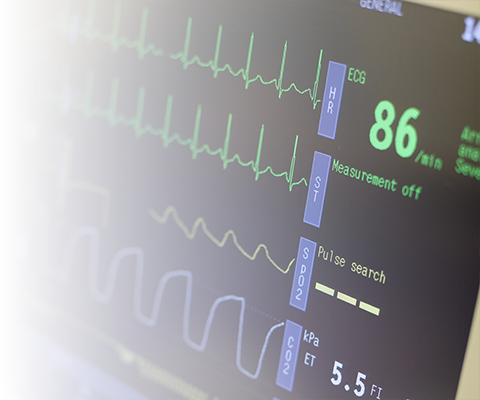Definition, Causes and Treatment
Intraoperative bradycardia, i.e. rate <50 bpm, is usually due to either vagal stimulation or the combination of a well beta-blocked patient and a general anaesthetic. These are easily correctable situations.
Bradycardia also accompanies severe hypoxia. Other signs of cardiorespiratory failure should be evident, but this must be excluded.
Vagal stimulation may be due to stretching or pulling of any part of the airway or gut that is innervated by the vagus nerve. Stimulation of the inferior surface of the epiglottis, pneumoperitoneum (especially higher pressures) and manipulation of the bowel may all cause bradycardia. Traction on structures innervated by the sacral parasympathetic outflow, particularly those of the genito-urinary system, may also cause bradycardia.
Table 1 lists the treatment of bradycardia.

|
Treatment of bradycardia |
|---|
|
The treatment is to remove the stimulus and treat pharmacologically, allowing the stimulus to be repeated if required. If bradycardia is recurrent and delaying surgery, pharmacological treatment may be needed. Drug treatment depends on associated problems. Isolated bradycardia may be treated with an anticholinergic such as atropine or glycopyrrolate. Bradycardia associated with hypotension is best treated with a sympathomimetic with beta effects, e.g. ephedrine. |